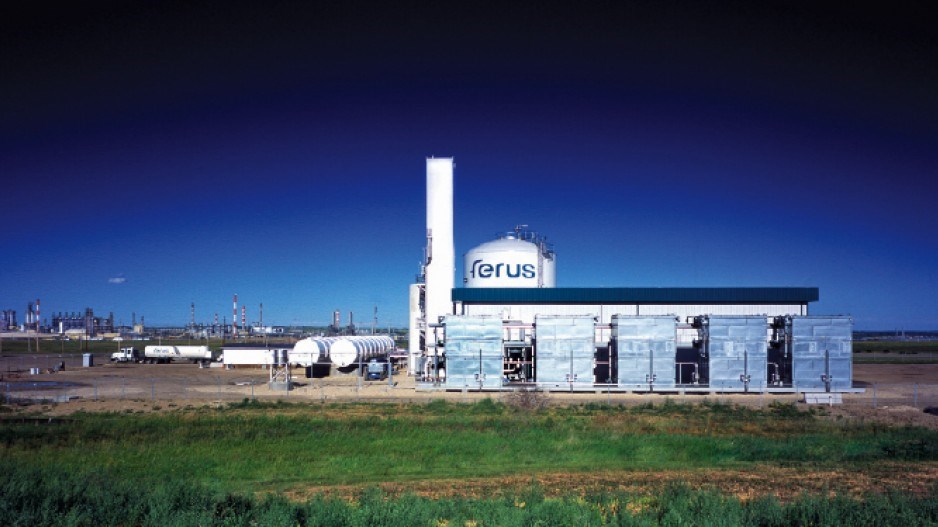The Fort Nelson First Nation is calling on the B.C. government to stop issuing new water licences in northern B.C. until studies are done on the shale gas industry's long-term impacts on water use.
So far, roughly 25,000 people have signed an online petition launched by the band.
"We're not anti-fracking," Lana Lowe, director of lands development for the Fort Nelson First Nation, told Business in Vancouver. "Oil and gas has been in our territory for 50 years. Most of our community members, we make our living off oil and gas.
"We want to make sure that, before they go issuing these long-term, 40-year licences, that they have baseline studies completed. They don't know how much water can be taken without environmental damage."
There are 20 applications for long-term water licences before the provincial government. Only one long-term licence has been granted so far. It grants Nexen Inc. (TSX:NXY) 2.5 million cubic metres of water per year from Tsea Lakes, northeast of Fort Nelson.
Encana Corp. (TSX:ECA) is expected to be granted the next long-term licence to withdraw up to three million cubic metres of water per year from the Fort Nelson River – enough to fill 1,200 Olympic-sized swimming pools – for its Kiwigana shale gas operation.
That's about 0.024% of the river's annual volume (12.4 billion cubic metres) at the point of extraction, according to the Ministry of Forests, Lands and Natural Resource Operations.
Oil and gas companies like Encana already have access to surface water for their fracking operations, but it's granted through temporary permits. Long-term licences would give companies water rights for up to 40 years.
Slickwater fracking requires huge amounts vast amounts of water. It's pumped underground at high pressure with a mixture of sand and chemicals, fracturing shale rock and releasing natural gas. Some of the water will remain underground when the wells are exhausted.
But slickwater fracking isn't the only way of getting natural gas out of shale. Alberta-based Ferus Wellsite Cryogenic Solutions uses liquefied CO2 and nitrogen in the fracking process. That reduces the amount of water needed by 70% to 80%.
Ferus has three CO2 plants in Alberta and three nitrogen plants, one of which is in Dawson Creek and supplies the Montney gas fields. Companies like Murphy Oil Corp. are using the so-called "energized fracking" method using CO2 and nitrogen in B.C.
"We think our products can compete effectively, technically, with huge amounts of fresh water," said Murray Reynolds, director of technical services for Ferus.
However, although it reduces the amount of water needed, energized fracking can cost 15% to 25% more than slickwater fracking, and it might not be the most effective extraction method for every shale formation.
Mike Forgo, vice-president of stakeholder relations for Encana's Canadian Division, said the company plans to stick with slickwater fracking in its Kiwigana shale operations.
"In this case, water is more effective," he said. "You get more bang for your buck."
Encana is mindful of the concerns over water use in fracking, however. Whenever possible, it tries to avoid using surface water.
In its Two Island Lakes shale operation, for example, it uses saline water pumped from a 700-metre deep aquifer. Encana partnered with Apache Corp. (Nasdaq:APA) to build a treatment plant that removes hydrogen sulphide from the water before it's used for fracking.
In the Farmington area on the B.C.-Alberta border, Encana is proposing to tap aquifers that are 1,000 to 3,000 metres down to avoid using surface water. Those kinds of options aren't available in the Fort Nelson area, Forgo said.
"In the Kiwigana area, unfortunately, we have been unable to find that type of source." •




